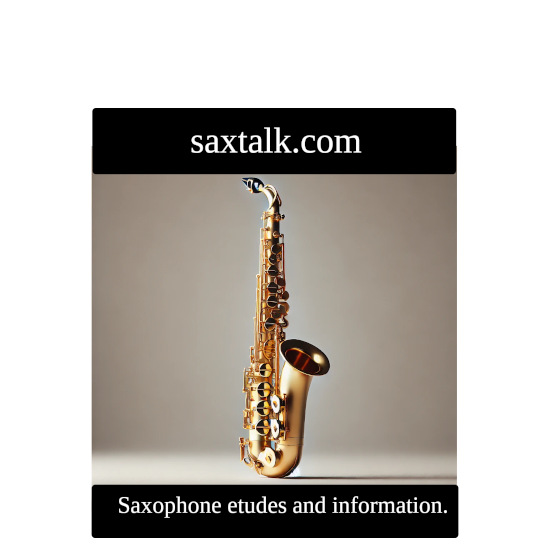Music Theory Fundamentals
Music theory encompasses a wide range of concepts, but the fundamentals can be broadly categorized into the following areas:
Notes and Pitches: Understanding that each musical note represents a different pitch. The most basic scale in Western music is the chromatic scale, which includes all 12 notes available within an octave.
Scales and Modes: Scales are sequences of notes in a specific order. The most common scales are major and minor scales. Modes are variations of these scales, with the Ionian (major) and Aeolian (minor) modes being the most familiar.
Intervals: These are the distances between two pitches. Intervals are foundational to understanding melody and harmony. They are categorized as major, minor, perfect, augmented, or diminished.
Chords: Chords are formed when you play three or more notes together. The most basic type of chord is the triad, which consists of three notes: the root, third, and fifth.
Chord Progressions: This refers to a sequence of chords played in succession. Certain progressions, like the I-IV-V progression in major keys, are very common in Western music.
Rhythm and Meter: Rhythm refers to the timing of notes and silences in music, while meter describes the recurring pattern of beats, typically grouped into measures. Understanding note values (whole notes, half notes, quarter notes, etc.) and time signatures (like 4/4, 3/4) is crucial.
Key Signatures: A key signature indicates which scale a piece of music is based on and which notes are to be played sharp or flat throughout the piece. It helps in identifying the key of the music.
Dynamics and Articulations: These refer to the volume (dynamics) and the specific way notes are played or sung (articulations). Terms like forte (loud), piano (soft), staccato (short and detached), and legato (smooth and connected) are used to convey these aspects.
Form and Structure: This involves understanding the larger-scale structure of a piece of music. Common forms include binary (AB), ternary (ABA), rondo (ABACA), and sonata form.
Ear Training and Sight-Reading: Developing the ability to identify pitches, intervals, chords, rhythms, and other musical elements by ear, and the skill to read and interpret written music notation.
These basics form the foundation of music theory, and mastering them provides a deeper understanding and appreciation of music, as well as the tools necessary for composition and performance.
